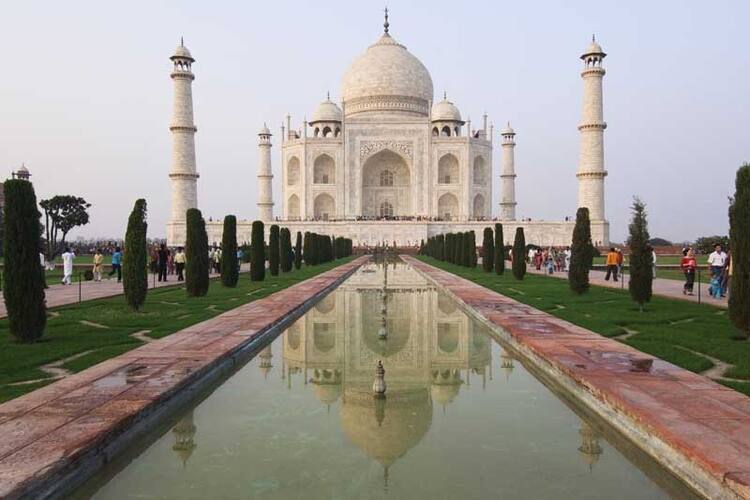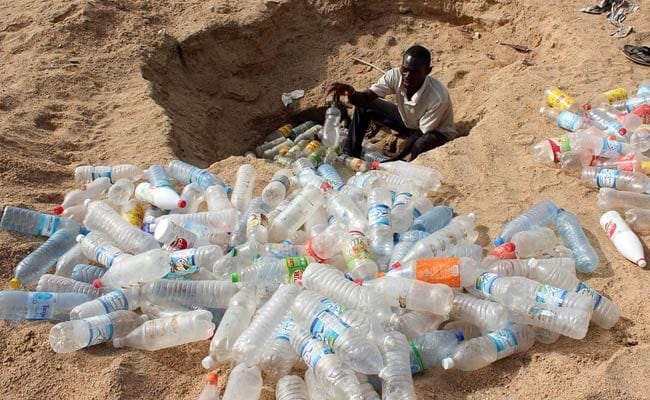How India is Stopping Plastic From Destroying Historical Beauty

Even
the Taj Mahal, one of the seven wonders of the world, is not immune to the horrific
and damaging effects of plastic pollution. People with breathing or heart
problems are encouraged to stay away from the location, or at least minimize
strenuous activity around the area. Constructed during the years of 1632-48 AD
by the Mughal Emperor Shah Jahan, the Taj Mahal is considered the greatest and
most known structure in all of India. As wonderful of an architectural achievement
as it is, the current environmental conditions in the area greatly diminish its
beauty and glory.

As discouraging as the environmental
conditions are around the historic monument, India (as of June 3rd,
2018) is taking steps to reverse the damage and remove plastic pollutants.
India’s Minister of State for Environment, Forest and Climate Change, Mahesh
Sharma, has pledged to fight plastic pollution not only at the site of the Taj
Mahal, but also at the site of 100 additional monuments in India. Mr. Sharma has
promised to work on making the historical site litter free up to 500 meters; he
has also pledged to separate plastic waste from other litter to promote recycling.
The pledge includes a promise to promote awareness of the damaging effects of
single-use plastics for both citizens and tourists alike. It is now clear that,
despite previous environmental failures, India is indeed committed to
drastically reducing plastic waste and promoting global awareness of the
dangers of plastic.

Comments
Post a Comment
Let your knowledge, ideas, and innovation be heard. Tell us what you think and know about this topic.